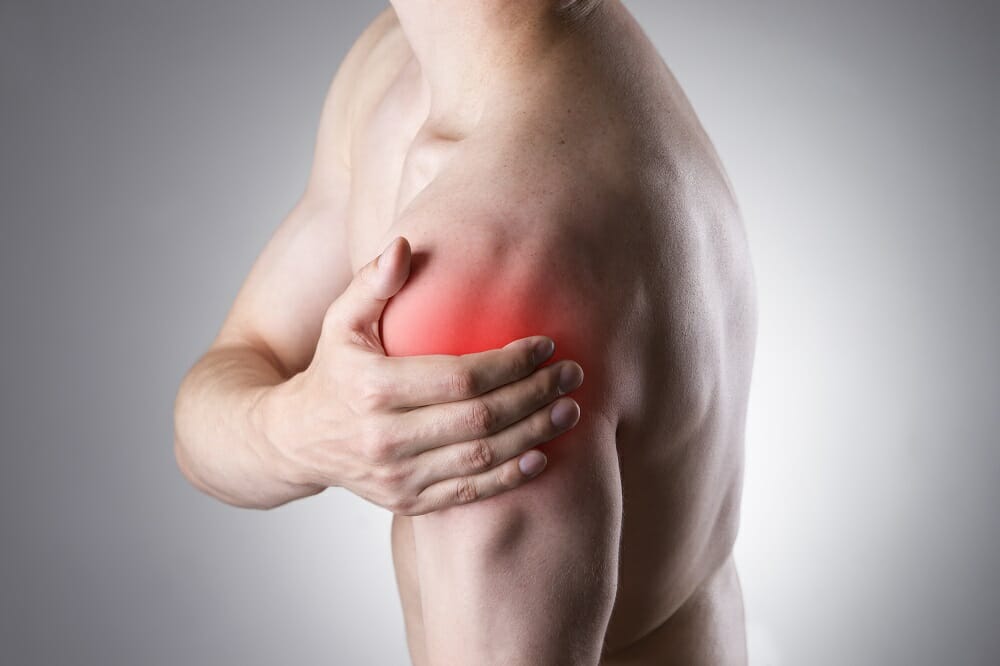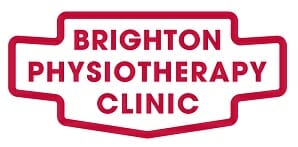Treatment for Impingement Syndrome
Impingement Syndrome, also known as shoulder impingement syndrome, involves the inflammation of tendons (tendonitis) of the rotator cuff muscles. It is mostly associated with tendonitis of the supraspinatus muscle.
Shoulder impingement occurs when there is an impingement of bursa or tendons in the shoulder. Repeated overhead activity is a risk factor. Pain is persistent and affects normal activities. Activities that cause impingement syndrome include lifting, painting, swimming and other overhead sports.
What Are the Causes of Impingement Syndrome?
Impingement syndrome is mostly caused by overuse. The subacromial space narrows when the arm is raised and the supraspinatus muscle tendon passes through the opened space.
Bones and ligaments in the shoulder protect the shoulder rotator cuff tendons from simple knocks and bumps. They form an arch of protection on top of your shoulder. However, nothing in the human body is infallible. Ligaments, bones and muscles can be injured. Repeated use of an impinged shoulder makes the tendons in your shoulder swell, and causes an inflammatory response that leads to impingement syndrome.

What are the Symptoms of Impingement Syndrome?
Common symptoms of impingement syndrome include weakness, pain and loss of movement of the affected shoulder. Other symptoms include difficulty reaching up behind the back, pain with overhead use of the arm, and a popping sensation during movement of the shoulder.
The tendon could tear in two if it is injured for an extended period. This leads to a rotator cuff tear that causes weakness and makes it difficult to elevate your arm. In some cases, you might rupture your bicep muscle. The pain worsens at night if you lie on the affected shoulder. Pain might be acute if it results from an injury.
Diagnosis of Impingement Syndrome
Impingement syndrome can be diagnosed by a physical examination and medical history. Your GP will take X-rays to check for changes in the bone that indicate injury of the muscle, and in order to rule out arthritis. There may be bone spurs where the rotator cuff normally attaches.

Treatment of Impingement Syndrome
Impingement syndrome is treated either conservatively, through open surgery, or with arthroscopic surgery. Conservative treatment includes the cessation of painful activity, lots of rest and physical therapy.
Oral anti-inflammatory medication such as naproxen, aspirin or ibuprofen is a common treatment for impingement syndrome. Your GP might switch between medications if one doesn’t help within 10-14 days. Steroid injections could be injected in the affected shoulder where exercise and rest does not help. Injections are a temporary solution and pain might return if you stop physical therapy.
Physical Therapy for Impingement Syndrome
Physical therapy focuses on maintaining movement, strengthening shoulder muscles, improving posture and reducing the pain. For pain relief, NSAIDs (Nonsteroidal anti-inflammatory drugs) and ice packs are most common. In most cases, the patient needs just one visit with the physical therapist to understand how to do physical therapy at home.
Physical therapy techniques for impingement syndrome include:
Manual therapy: Physical therapists may use techniques such as soft-tissue massage, gentle joint movements and shoulder stretches to improve mobility in the shoulder.
Strengthening exercises: Physiotherapists will recommend strengthening exercises suitable for an individual’s specific condition. This may include resistance-training exercises to strengthen weaker muscles, and home exercises after formal physical therapy.
Does Impingement Syndrome go away on its own without treatment?
Shoulder impingement takes three to six months to heal. Some severe cases take up to a year. Usually, a return to normal activities within two to four weeks should be possible. However, note that each shoulder impingement is different. There is no specific timeframe. Rehabilitation is determined by several factors, based on a physiotherapist’s or GP’s assessment.
Will Impingement Syndrome Require Surgery?
Subacromial decompression might be an option if medication or physical therapy doesn’t work. The procedure involves widening the space around the rotator tendon to prevent it from catching or rubbing anything nearby (arthroscopically).
Small surgical instruments are used during the operation to make small cuts in your shoulder. The surgery is done under general anaesthetic.
Getting Help for Impingement Syndrome
If the shoulder pain doesn’t go away after a few weeks, you should visit your GP. Your GP will examine your shoulder and request you to rotate your arm in different directions to see if movement makes the pain worse. They might recommend a physiotherapist or suggest treatment.
